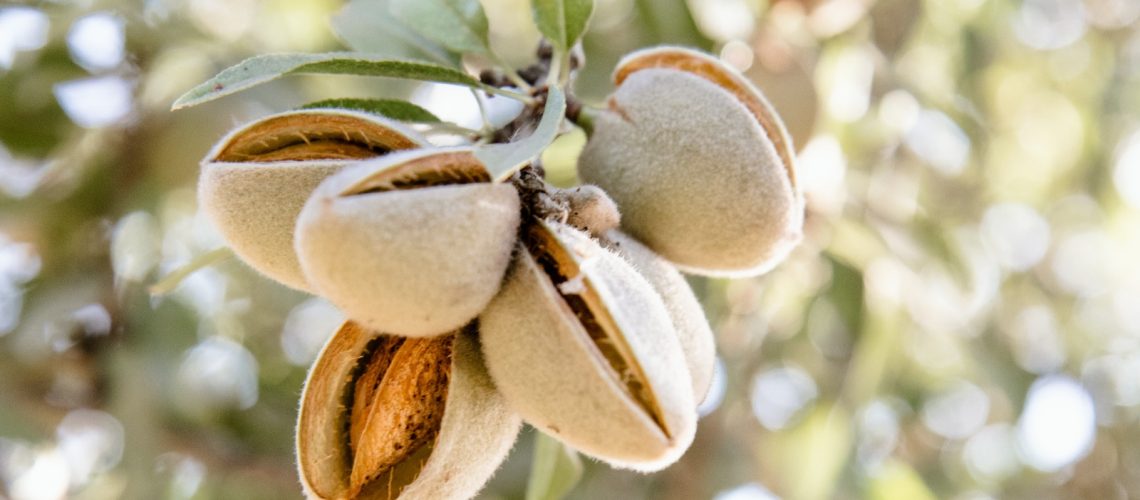Almond mineral nutrition
by Antonio Perez Ortiz, Senior Agronomist Agri Technovation, California
Considerable research has been conducted on the fundamentals of mineral plant nutrition for almond trees. The objective of this article is to provide a concise overview of the knowledge gained by the industry and to offer insights on what producers need to consider when designing a fertiliser programme that suits their orchards’ needs. It must be borne in mind that the better the soil we have or are able to build, the less challenging it is to grow consistent crops.
The California Department of Food and Agriculture (CDFA) has compiled years of research in almond fertilisation. These guidelines provide basic information on mineral plant nutrition and the amounts of nitrogen, phosphorus and potassium necessary for almond fertilisation, taking into consideration how much of each of these nutrients are removed by the crop each season. It therefore provides a comprehensive framework for producers to optimise their fertilisation practices. This available information can be classified as “known” information because we can measure and quantify it.
Typical nitrogen, phosphor and potassium recommendations
Additionally, we know that 80% of the nitrogen taken up by almond trees occurs by spring/ early summer and that it is mainly used during nut development and nut fill stages. Nitrogen used for leaf-out and early kernel development is mainly sourced from the tree’s reserves of the previous season. From this information, we can break down the timing for nitrogen applications throughout the season, where 20% of total units is generally recommended for application during late winter/early spring, 60% of total units during spring/early summer (through kernel fill) and 20% early post-harvest.
It is generally considered that phosphorus is non-leaching and that it resides in the soil, but this doesn’t necessarily mean that it is plant available. With the many challenging soils we have across the San Joaquin Valley (California, USA), many times, phosphorus applications are required at key crop stages to supply and maintain adequate phosphorus levels.
We determined from big data when potassium is used by and accumulated in the fruit. Potassium applications are generally recommended at critical phenological stages to meet the trees’ demands, especially during late spring and early summer when nut development is happening.
With the ideal soil, water and weather, it would be relatively easy to determine the mineral requirements for optimal almond production based on the removal numbers and the tree’s uptake characteristics. The truth, however, is that such ideal conditions are very rare. In reality, one often encounters limiting factors such as sub-optimal soil quality, inadequate water supply, unfavourable weather conditions and challenging economic circumstances. So, while the saying holds true, that “everything is easier in good dirt”, getting there can be achieved by identifying the limiting factors for each individual orchard. As an industry, we know a great deal, but it is what we don’t know about our individual orchards that make the difference between profit and loss. By identifying limiting factors, producers will be able to make informed decisions with regards to management practices and mitigate these factors.
To assist in the identification of limiting factors in an orchard, the following three actions are suggested:
- Know your soil
To optimise crop yield and fertiliser uptake efficiency, it is of vital importance to have a comprehensive understanding of the soil. To gain such insight, both the physical structure and chemical composition of the soil must be analysed. Considerations include the complementary or antagonistic relationship between calcium and magnesium, the presence of impeding layers that may hinder water penetration and root growth, the availability of potassium, the presence of salt pressure and the identification of feasible and economically viable solutions to address any limitations.
By addressing soil limitations early on (ideally before plant) it will be much easier and more cost-effective to administer the corrections required later in the season. Fix the soil and everything else gets easier.
- Know your plants
It is also important to know and understand the nutrient status of the tree. This can be achieved through the analysis of leaf samples taken at the correct specific times (critical growth stages). This presents an in-season, real-time opportunity to make slight corrections with foliar sprays if any deficiencies have been identified. It is important to ensure that trees have sufficient nitrogen and that the zinc levels are adequate to drive critical metabolic processes. If identified, magnesium deficiencies must be addressed to maximize photosynthesis for greater carbohydrates build-up. Sufficient potassium levels are crucial during nut fill to ensure carbohydrate movement during this phase. It is thus essential to know the nutrient and carbohydrate status of plants at various critical growth stages to ensure that deficiencies are identified in time. This will allow for the necessary corrections to be made in time, throughout the season.
3. Feed trees from the bottom, up
It is suggested to use soil applications as the main nutrient supply and foliar applications mainly as corrections. Supplement and tip the balance of nutrition in the tree’s favour at critical times.






